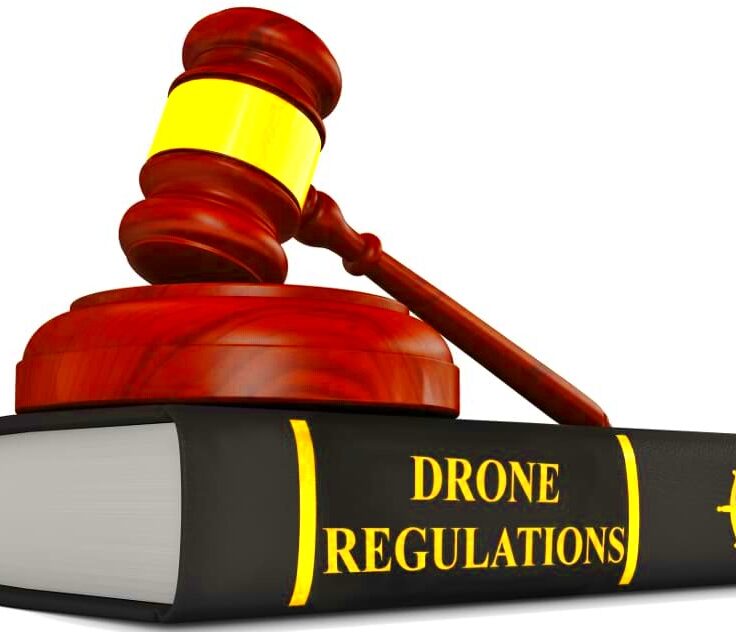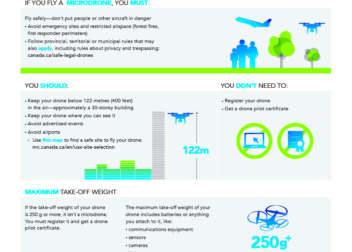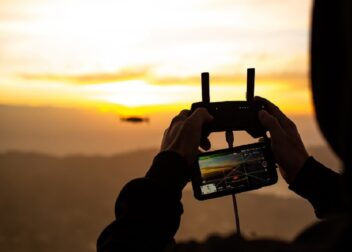Legal Guidelines for Drone Use in Martha’s Vineyard
In recent years, drones have gained popularity for various purposes, from photography to surveying land. Martha’s Vineyard, with its stunning landscapes and vibrant community, has seen an increase in drone use. However, understanding the legal landscape surrounding drone operation is essential for both recreational and commercial users. Familiarizing yourself with the rules can help ensure safe and responsible drone flying while enjoying the beauty of this unique island.
Understanding Drone Regulations

When it comes to drone use, regulations can vary significantly at different levels. It’s crucial to know both federal and local laws to avoid potential legal issues. Here’s a quick breakdown:
- Federal Regulations: These are overarching rules that apply across the United States.
- State Regulations: Each state may have its own set of rules regarding drone usage.
- Local Regulations: Towns and municipalities, including Martha’s Vineyard, can implement specific laws that affect drone operations.
It’s essential to research and comply with all applicable regulations to enjoy your drone experience without hassle.
Federal Aviation Administration Guidelines

The Federal Aviation Administration (FAA) is the primary regulatory body overseeing drone operations in the United States. Here are some key guidelines that every drone operator should follow:
| Guideline | Description |
|---|---|
| Register Your Drone | Drones weighing over 0.55 pounds must be registered with the FAA. |
| Maintain Visual Line of Sight | Keep your drone within your sight at all times during operation. |
| Fly Below 400 Feet | Stay under 400 feet to avoid interfering with manned aircraft. |
| Avoid Flying Over People | Refrain from flying directly over groups of people or moving vehicles. |
| Respect No-Fly Zones | Be aware of areas where drone flight is prohibited, such as near airports. |
By adhering to these FAA guidelines, drone operators can contribute to a safer flying environment while enjoying the incredible sights of Martha’s Vineyard.
State Laws Governing Drone Use
In addition to federal guidelines, each state has specific laws that govern drone operations. Massachusetts, where Martha’s Vineyard is located, is no exception. Understanding these state laws is essential for any drone operator. In Massachusetts, drone regulations focus on privacy, safety, and airspace management. Here are some key points to keep in mind:
- Privacy Rights: Drones should not invade people’s privacy. Recording individuals without their consent can lead to legal issues.
- Data Collection: If you are using drones for commercial purposes, ensure you comply with state laws regarding data collection and storage.
- Restricted Areas: Certain areas, like schools and government buildings, may have specific restrictions on drone flight.
It’s vital to familiarize yourself with these state laws to avoid potential fines or legal challenges. Keeping up with changes in legislation can also help you stay informed and compliant.
Local Ordinances and Restrictions
Local regulations can further influence how and where drones are used in Martha’s Vineyard. Towns often implement specific ordinances tailored to their unique environments and community needs. Here are a few aspects to consider:
- Noise Regulations: Some areas may have rules regarding the noise level produced by drones, especially in residential neighborhoods.
- Flight Paths: Be aware of designated flight paths that may be restricted to minimize disruption to local wildlife or residents.
- Park Regulations: Drones may be prohibited in certain public parks or recreational areas.
Always check local ordinances before flying your drone. This not only ensures compliance but also fosters goodwill with the community.
Permits and Licensing Requirements
For commercial drone operations, obtaining the necessary permits and licenses is a crucial step. In Martha’s Vineyard, as in the rest of Massachusetts, here are the key requirements to consider:
| Requirement | Description |
|---|---|
| FAA Part 107 Certification | Commercial drone pilots must obtain this certification from the FAA, demonstrating their knowledge of aviation regulations. |
| Local Permits | Check with local authorities to see if specific permits are required for drone operations in certain areas. |
| Insurance | While not always mandatory, having liability insurance is highly recommended for commercial operators. |
By ensuring you have the correct permits and licenses, you can operate your drone legally and safely while enjoying all that Martha’s Vineyard has to offer.
Privacy Concerns and Legal Implications
When using drones, it’s crucial to be mindful of privacy concerns and legal implications. Drones equipped with cameras can inadvertently invade the privacy of individuals, leading to potential legal issues. In Martha’s Vineyard, where community values are strong, understanding these implications can help you navigate the rules effectively. Here are some key points to consider:
- Informed Consent: Always seek permission before capturing images or videos of people. This shows respect for their privacy and helps you avoid conflicts.
- Data Protection Laws: Familiarize yourself with state and federal data protection laws that govern how collected data can be used and shared.
- Airspace Awareness: Understand that flying drones over private property without consent may lead to legal disputes.
By respecting privacy and staying informed about legal implications, you can operate your drone responsibly and maintain a positive relationship with the community.
Best Practices for Drone Operators
Flying a drone can be an exhilarating experience, but following best practices is vital for safety and compliance. Here are some essential tips for drone operators in Martha’s Vineyard:
- Pre-Flight Check: Always perform a thorough inspection of your drone before taking off. Check the battery, propellers, and camera to ensure everything is in working order.
- Know Your Environment: Familiarize yourself with the area where you plan to fly. Look out for obstacles like trees, power lines, and people.
- Follow the Rules: Stick to the FAA guidelines, state laws, and local ordinances to avoid fines and ensure safe flying.
- Respect Wildlife: If you’re flying near natural habitats, be cautious to avoid disturbing wildlife.
By following these best practices, you can enhance your drone-flying experience while ensuring safety for yourself and others.
FAQs about Drone Use in Martha’s Vineyard
Here are some frequently asked questions that can help clarify common concerns and regulations regarding drone use in Martha’s Vineyard:
| Question | Answer |
|---|---|
| Do I need to register my drone? | Yes, any drone weighing over 0.55 pounds must be registered with the FAA. |
| Can I fly my drone at night? | Yes, but you must have appropriate lighting and comply with FAA regulations. |
| Are there any no-fly zones in Martha’s Vineyard? | Yes, be sure to check for restricted areas, especially near airports and sensitive locations. |
| What should I do if I see a problem while flying? | Immediately land your drone and assess the situation. Safety should always come first. |
These FAQs can help you better understand the legal landscape and ensure you have a smooth drone-flying experience in Martha’s Vineyard.
Conclusion on Legal Guidelines for Drone Use
In summary, understanding the legal guidelines for drone use in Martha’s Vineyard is essential for both recreational and commercial operators. Familiarizing yourself with federal regulations, state laws, and local ordinances helps ensure that you fly safely and responsibly. Always respect the privacy of others, follow best practices, and stay informed about any changes in regulations. By doing so, you can enjoy the beauty of Martha’s Vineyard while contributing to a safe and harmonious environment for all. Remember, responsible drone operation not only enhances your flying experience but also fosters positive relationships within the community.


